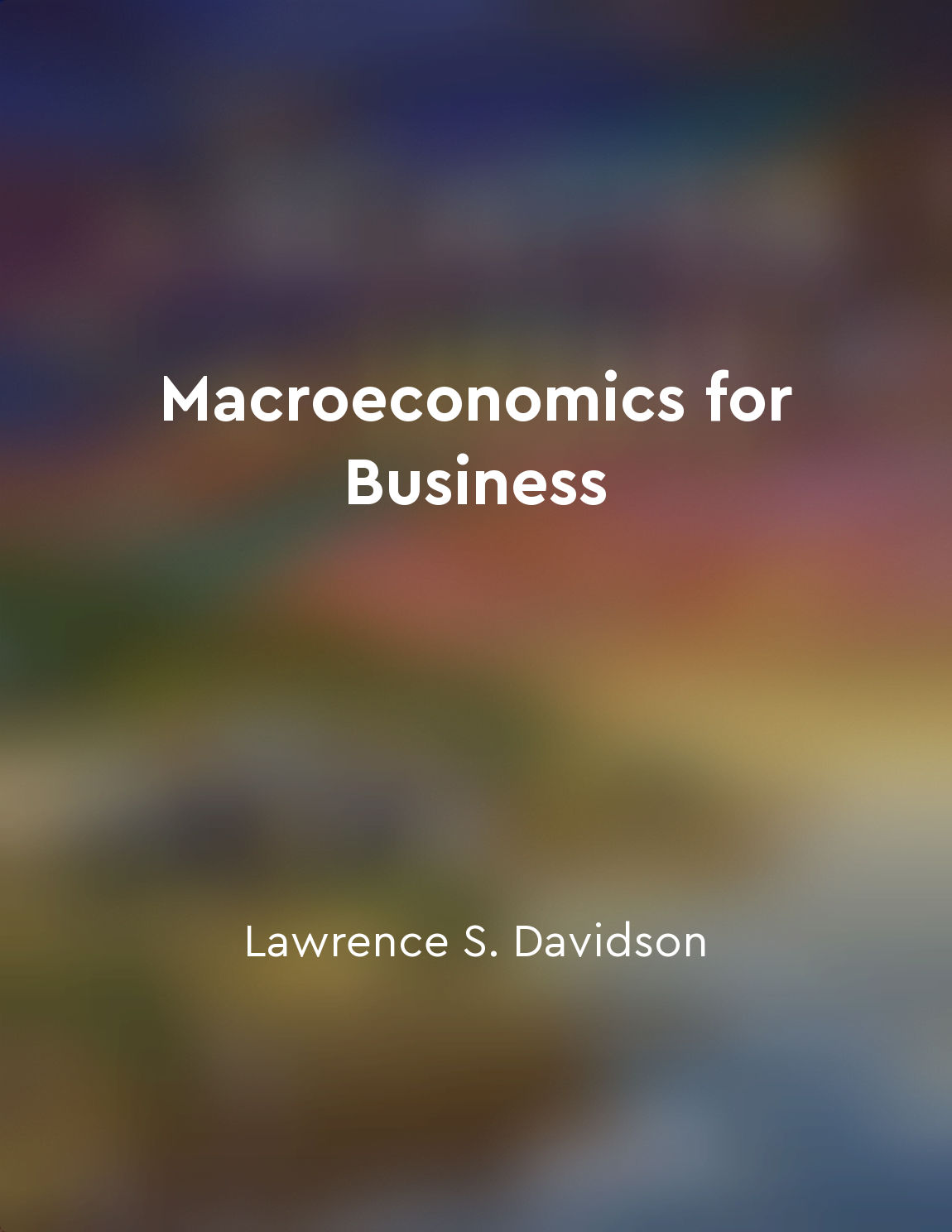Fiscal policy shapes business environment from "summary" of Macroeconomics for Business by Lawrence S. Davidson,Andreas Hauskrecht,Jürgen von Hagen
Fiscal policy refers to the government's decisions regarding spending, taxation, and borrowing. These decisions have a significant impact on the overall economy, including the business environment. When the government increases spending or cuts taxes, it can stimulate economic activity and boost consumer demand. This, in turn, can lead to increased sales for businesses and higher profits. Conversely, if the government decides to reduce spending or increase taxes, it can have a dampening effect on the economy. Businesses may see a decrease in consumer spending, leading to lower revenues and potential layoffs. Therefore, fiscal policy plays a critical role in shaping the business environment by influencing aggregate demand and overall economic activity. Furthermore, fiscal policy can also affect business investment decisions. For example, tax incentives for certain industries or infrastructure projects can encourage businesses to invest in new ventures. On the other hand, if taxes are increased on corporate profits, businesses may be less inclined to expand or hire new employees. In addition to direct effects on business activity, fiscal policy can also impact interest rates and inflation. Government borrowing to finance deficits can put upward pressure on interest rates, making it more expensive for businesses to borrow money for investments. Inflation can also be influenced by fiscal policy, as increased government spending can lead to higher prices for goods and services.- Fiscal policy is a powerful tool that governments use to manage the economy and shape the business environment. By making decisions on spending, taxation, and borrowing, policymakers can influence consumer demand, business investment, interest rates, and inflation. It is essential for businesses to understand how fiscal policy can impact their operations and plan accordingly to navigate changing economic conditions.


